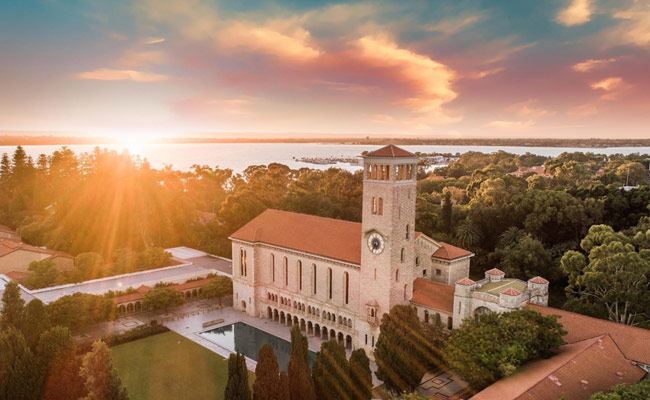University Of Western Australia Student Supposes To Solve Astronomy’s Mysterious Phenomena
A UWA Masters student may have discovered a link between two of astronomy’s most exciting and mysterious phenomena – fast radio bursts and neutron star mergers – and she did it while unknowingly suffering from heart failure that required a life-saving transplant.
“This is extremely exciting and would certainly help unravel some of the mystery surrounding these fast radio bursts.”
Alex Moroianu
Alex Moroianu, 24, a postgraduate student from UWA’s School of Physics, Mathematics and Computing, worked with researchers from OzGrav’s UWA node, Curtin University, the International Centre for Radio Astronomy Research and the University of Nevada to conduct the research, published today in Nature Astronomy.
Alex discovered evidence that two neutron stars – incredibly dense remnants of exploding stars – might have produced an intense burst of radio waves known as a fast radio burst.
Since first observing these bursts in 2007, astronomers have speculated they might be caused by merging neutron stars, but Alex’s discovery is being hailed as the ‘smoking gun’ of evidence.
Alex searched through events detected by gravitational wave interferometers in the US and Italy, as well as a catalogue of fast radio bursts released by the CHIME radio telescope in Canada.
She found that a neutron star merger and a fast radio burst had occurred at the same time and distance and in the same part of the sky on 25 April 2019 – a one-in-200 chance coincidence.
“This is extremely exciting and would certainly help unravel some of the mystery surrounding these fast radio bursts, such as why repeating and non-repeating bursts exhibit different properties,” Alex said.
“If our observation is confirmed by further evidence in the future, it implies multiple origins for fast radio bursts.”
Incredibly, Alex completed the research while her heart was inexplicably failing and submitted the research paper while in hospital waiting for a heart transplant in early 2022.
“It was definitely a difficult time, but it made me stronger in the end,” she said.
Senior Research Fellow Dr Clancy James, from the Curtin University node of ICRAR, who co-supervised the research project with UWA Professor Linqing Wen, said Alex’s findings were “incredibly significant”.
“This may be the clue that solves the mystery of what is producing fast radio bursts and tells us what the super-dense matter found in neutron stars is actually like,” Dr James said.
“The result is not conclusive, but it’s the ‘smoking gun’ that will point the way for future studies.”

